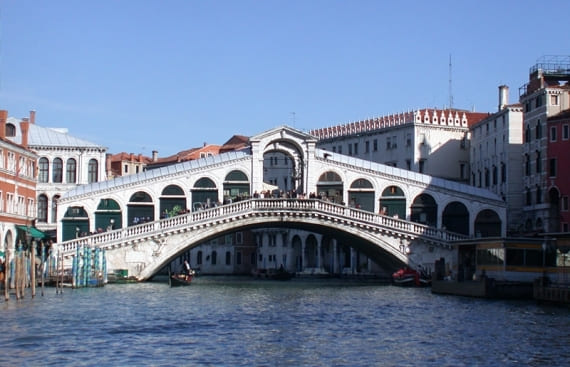FROM VENICE TO KAZAKHSTAN
One of the earliest and most significant projects in the field of handling heavy buildings that General Fluidi had the opportunity to test was the Rialto Project. The components that were designed during that experience were in fact indispensable for the management of the series of interventions in Italy and abroad that would follow.
The Rialto Project was necessary to the maintenance, renovation and consolidation of Venetian palaces in order to tackle the problem of rising water levels. The plan was simple and involved the mechanical lifting of buildings using proper reinforcement grid upon which to distribute the weight of the building to make a new foundation. Integrated into these reinforcement grids were a system of hydraulic rams capable of exerting enough force to lift the entire building without compromising its integrity. Subsequently, General Fluidi provided the valuable know-how in other similar projects aimed at achieving different interventions such as the lifting of a railroad bridge and a water tank.
As part of the TAV project, the State Railways needed to demolish and rebuild a railroad bridge, but also avoiding any interruption of rail traffic. General Fluidi's solution was to adapt a lifting system to move the bridge without affecting the structure of the railway line temporary construction of a protective metallic shield. In Aksay, Kazakhstan, however, the company designed and implemented a system capable of lifting a 40-meter tower filled with 1,200 tons of water without causing any damage.
With regard to the handling of historical structures, which require increased attention and care, General Fluidi was a key player in an intervention in the province of Cuneo where a historic bridge made of reinforced cement and weighed 1,100 tons had to be lifted 35 cm.


